Category: Science
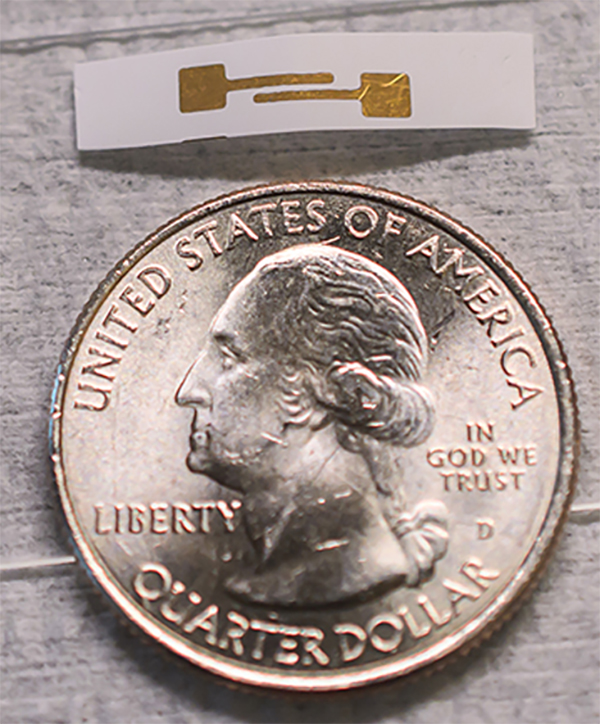
Glucose Wearable Biosensor
Biosensors for consumer wearable devices is a new trend as it facilitates multiplexed physiological monitoring for quantitative assessment of body functions. Highly functional wearable biosensors that can also provide meaningful diagnostics to guide therapeutics would be extremely...
Continue Reading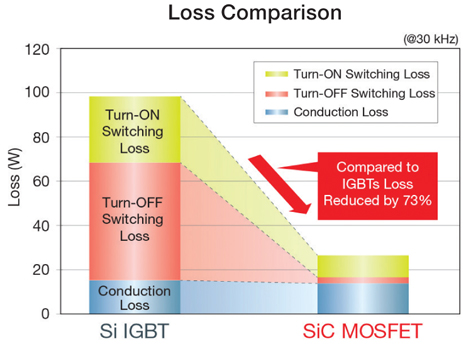
A Cost-efficient Super-Cascode SiC Switch
Coping with rapid technological advances and finding efficient energy solutions are the keys for development of power electronics of the future. A new research had been done in North Carolina State University about increasing the efficiency of high-power switches. Silicon Carbide is a...
Continue Reading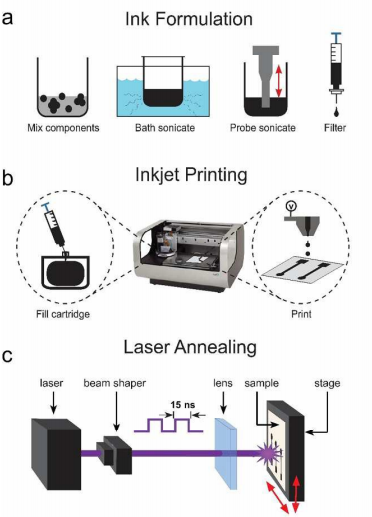
A Laser Treatment To Improve Paper Electronics
“NanoEngineers” research group at Iowa University have been devoting efforts to use graphene and its amazing properties in their sensors and other technologies. Graphene has many extraordinary properties. It is about 100 times stronger than the strongest steel. It conducts heat and...
Continue Reading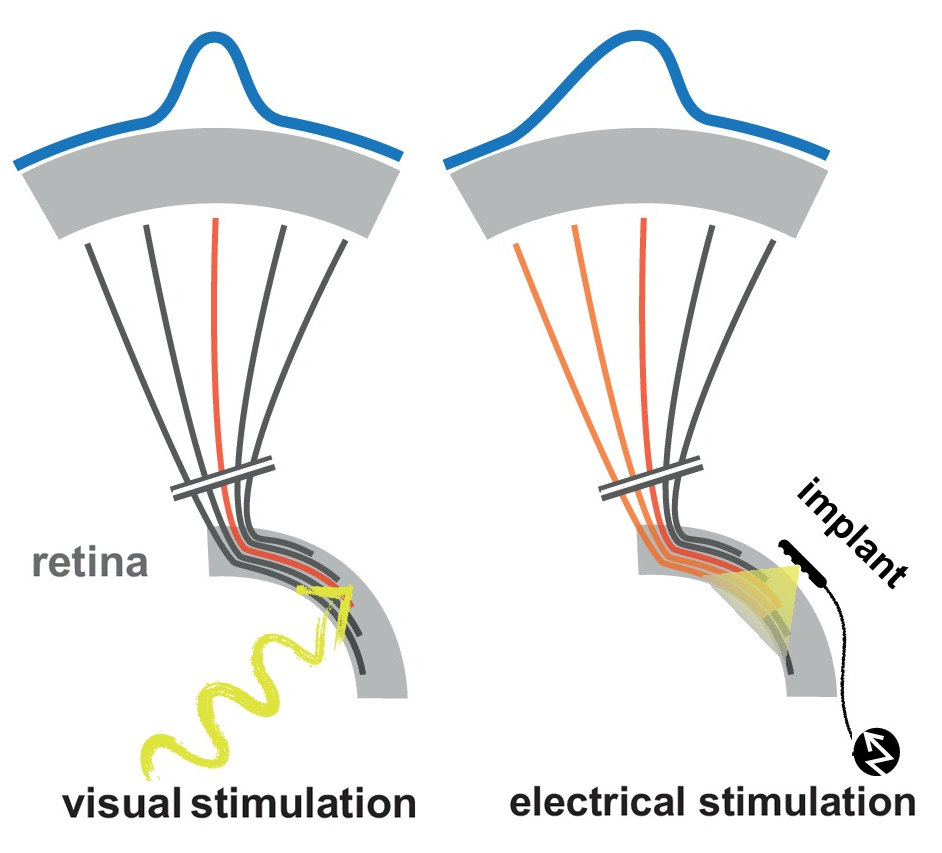
Improvement in the resolution of Retinal Prostheses
Denis Meyer @ elektormagazine.com discuss how the researchers improved the resolution of retinal prostheses. A retinal prosthesis substitutes for the photo-receptor cells of the defective retina. It’s composed of a camera carried in spectacles; electronics that processes the camera...
Continue Reading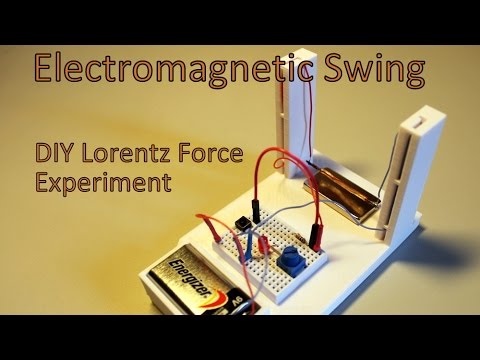
DIY Lorentz Force Experiment
Fabian Gebhart shared his Lorentz Force experiment on Thingiverse: Don’t you love it? Magnetism? Electronics? And 3d printing? In this project I combine all of them together to a little but spectacular do-it-yourself experiment. With just a few components and the 3d printed part...
Continue Reading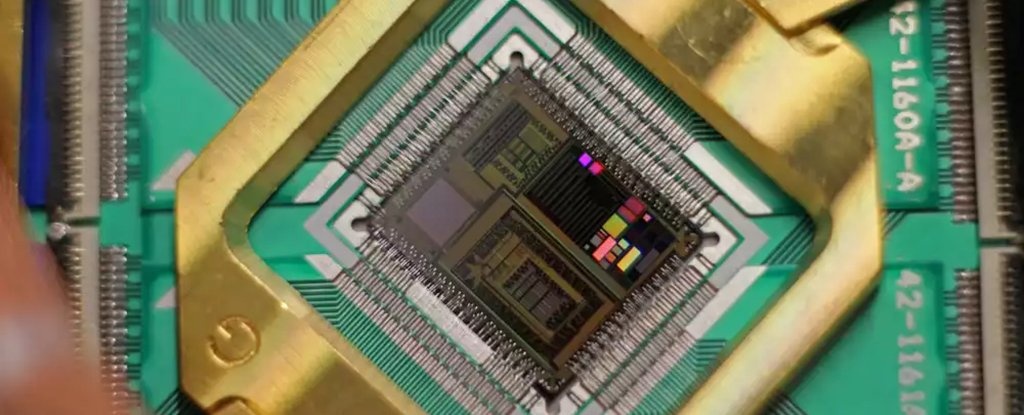
Google’s quantum computer just accurately simulated a molecule for the first time
Google's engineers just achieved a milestone in quantum computing: they’ve produced the first completely scalable quantum simulation of a hydrogen molecule. by DAVID NIELD @ sciencealert.com Researchers working with the Google team were able to accurately simulate the energy of...
Continue Reading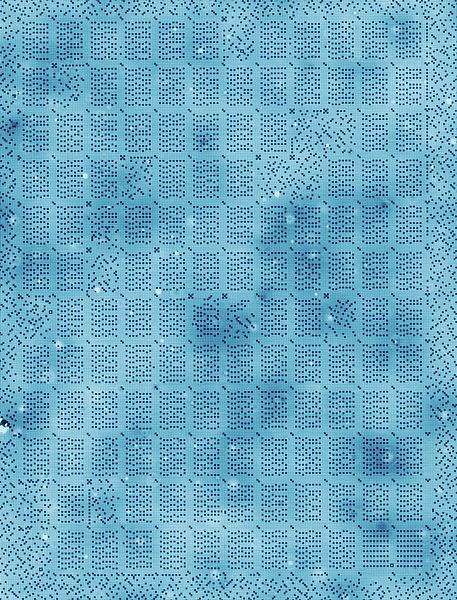
Information storage at one atom per bit; a 1kB atomic memory
A team of scientists at the Kavli Institute of Nanoscience at Delft University has achieved what may represent a limit in information storage density by creating a memory in which a single bit is represented by a single atom. By Graham Prophet @ edn-europe.com: Specifically, the team...
Continue Reading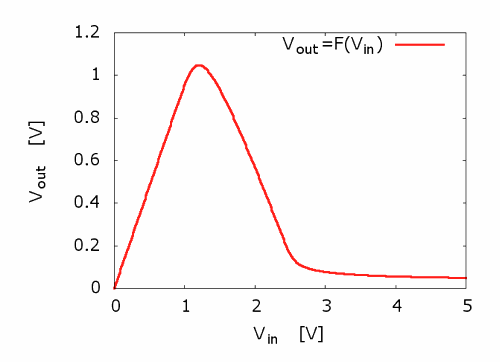
Iterated-map circuit creates chaos
Lars Keuninckx @ edn.com writes: The Design Idea circuit shown below is a simple implementation of an iterated unimodal map, reminiscent of the logistic or Verhulst map encountered in the study of nonlinear dynamics. It is useful to show chaotic discrete-time dynamics to students, or as...
Continue Reading










